EVGA N1 750 Build Quality
As we already know the EVGA N1 750 features a single 120mm fan design like many other offerings on the market that has come to be the preferred standard for quiet cooling environments due to the ability to move a larger volume of air at slower speeds than a smaller diameter fan. While great for quiet computing environments the key criteria in our evaluation are whether or not the cooling solution is sufficient, not necessarily its sound level or form factor.
External Build Quality
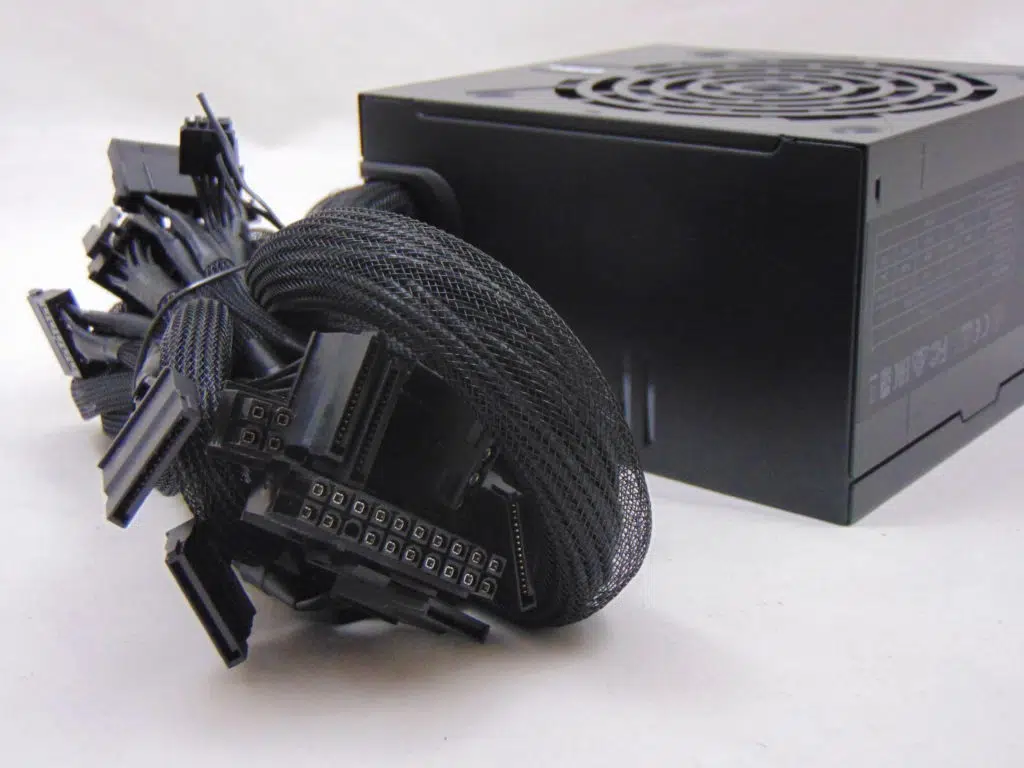


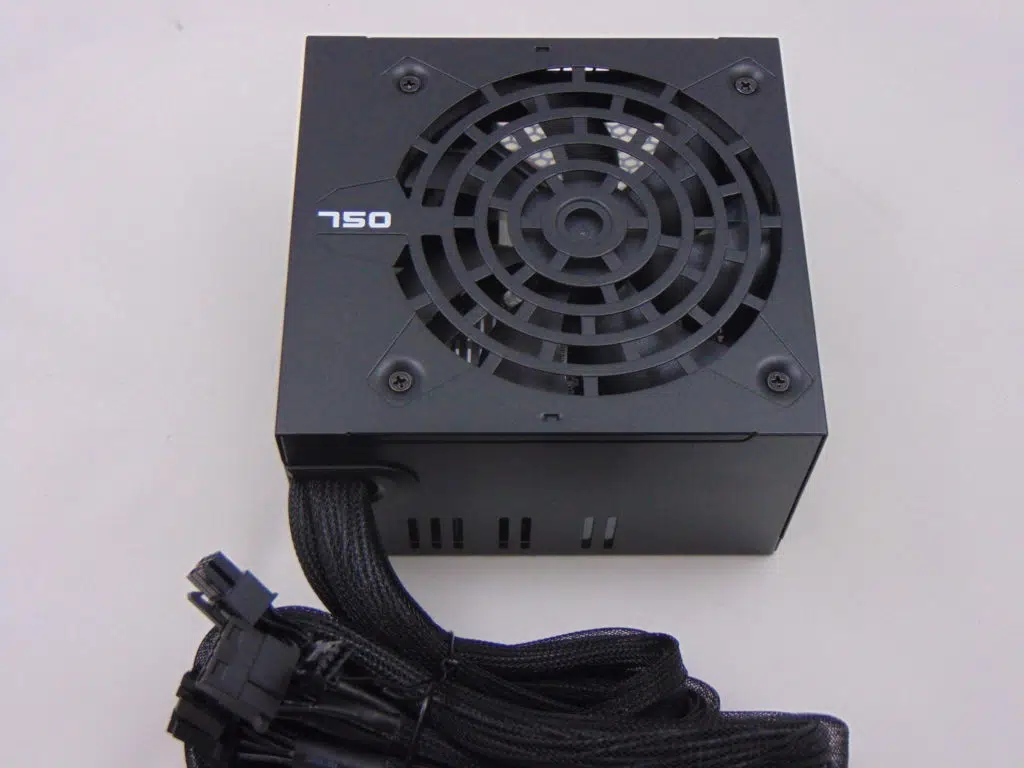
The exterior of the EVGA N1 750 has a traditional layout for a fully wired unit with an overhead fan in the ATX12v/EPS form factor. Cosmetically, the unit carries the EVGA branding in white and with the stylized fan guard. The fan guard definitely has you thinking mid-range but then the rest of the branding has you thinking budget. That said, this is not EVGA’s top-of-the-line unit. The fixed cables are routed through a wire guard which is nice to see.


The EVGA N1 750 comes in at a total length of ~5 1/2 inches while the cables come in at a length of ~19″ to 24″ to the first or only connector. Additionally, the cables are all sleeved in a standard wire loom.
Internal Build Quality

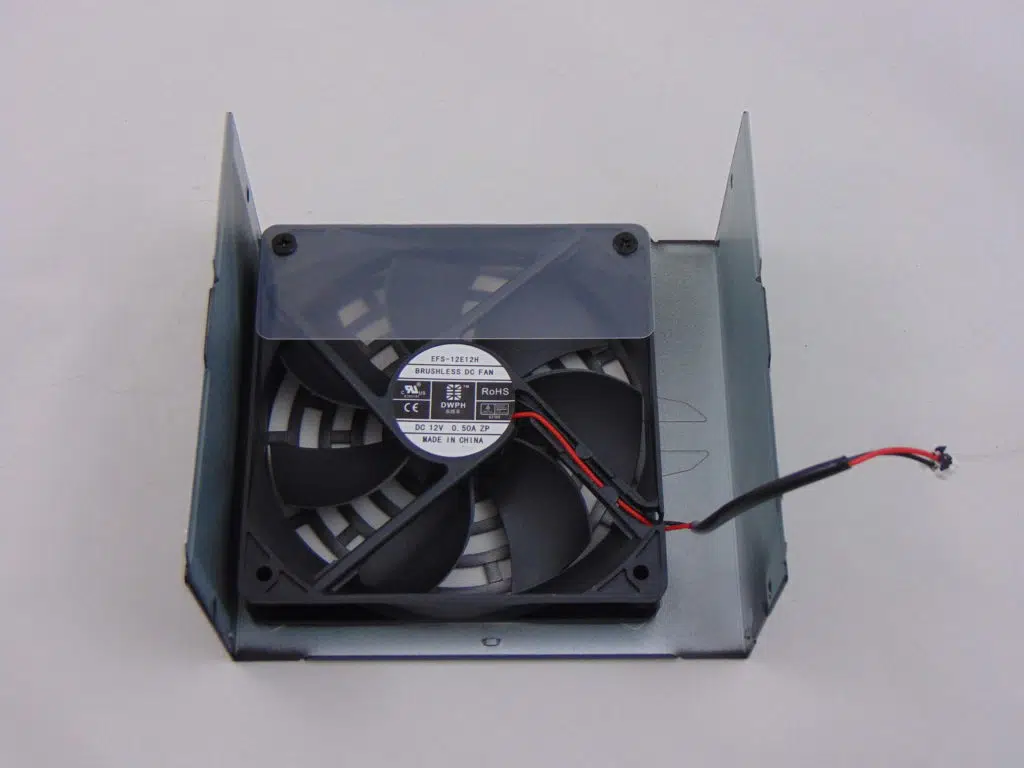
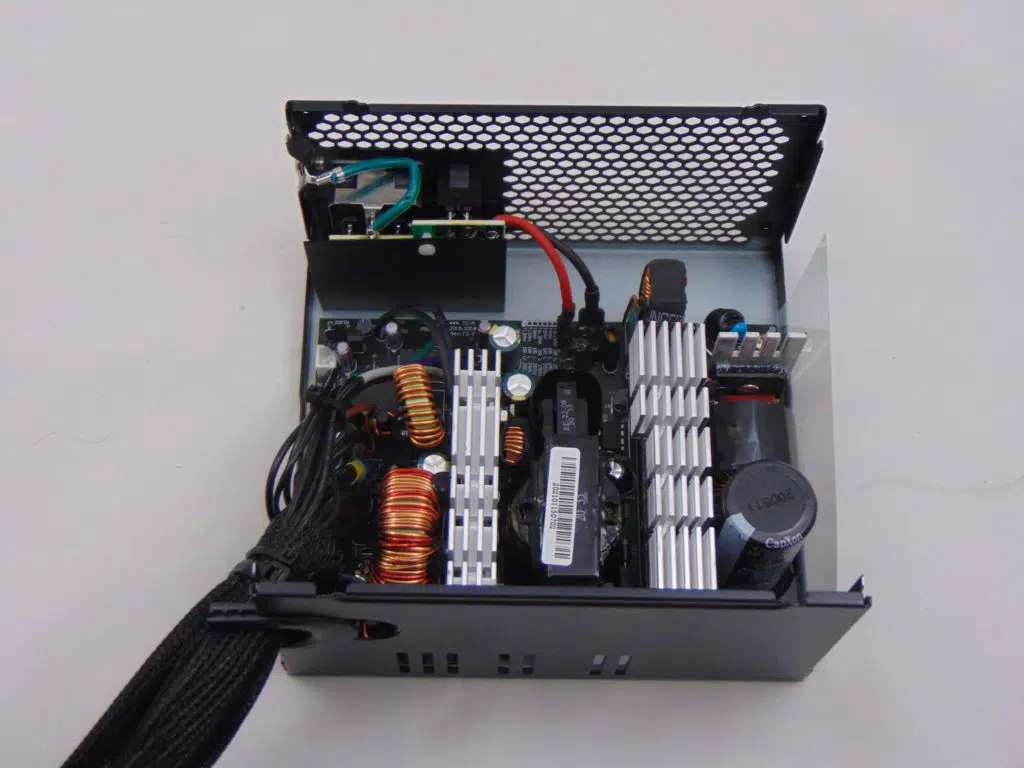
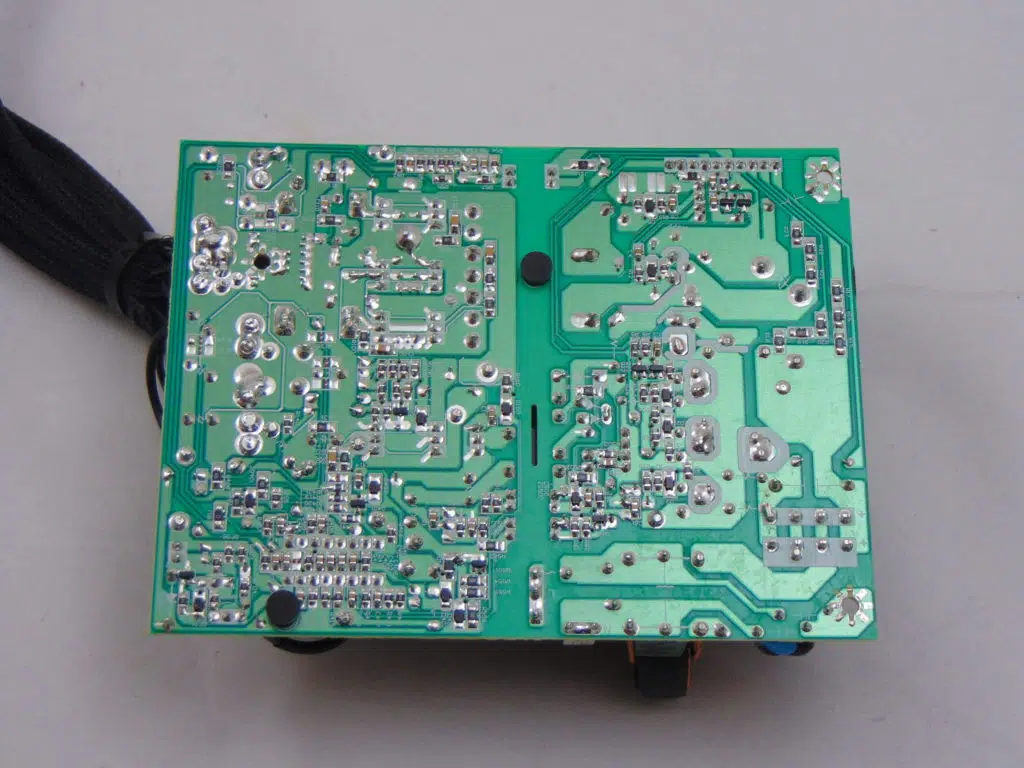
Once we open the top of the EVGA N1 750 we see a unit built by HEC. The topology is rather dated as it features a double forward primary and a group-regulated secondary. The fan cooling this unit today is a rifle bearing fan from DWPH rated at 0.50A at 12v (so at least it isn’t a sleeve bearing fan) and it is paired with three heatsinks overall. Lastly, the soldering is generally well done on this single-layer PCB.
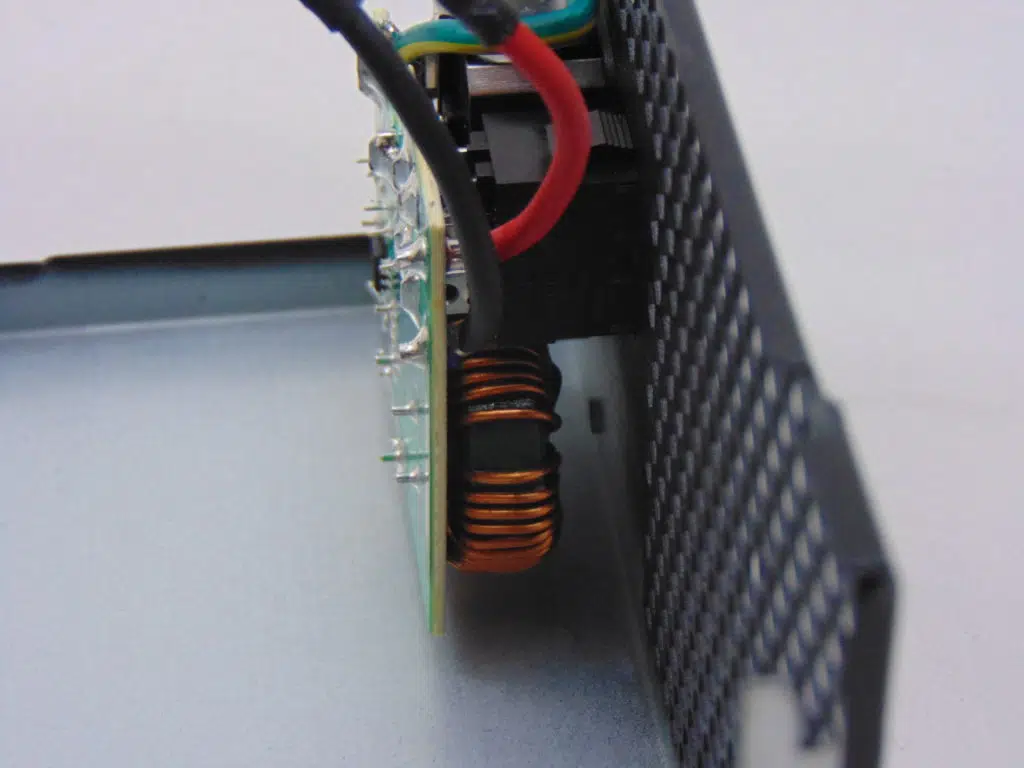
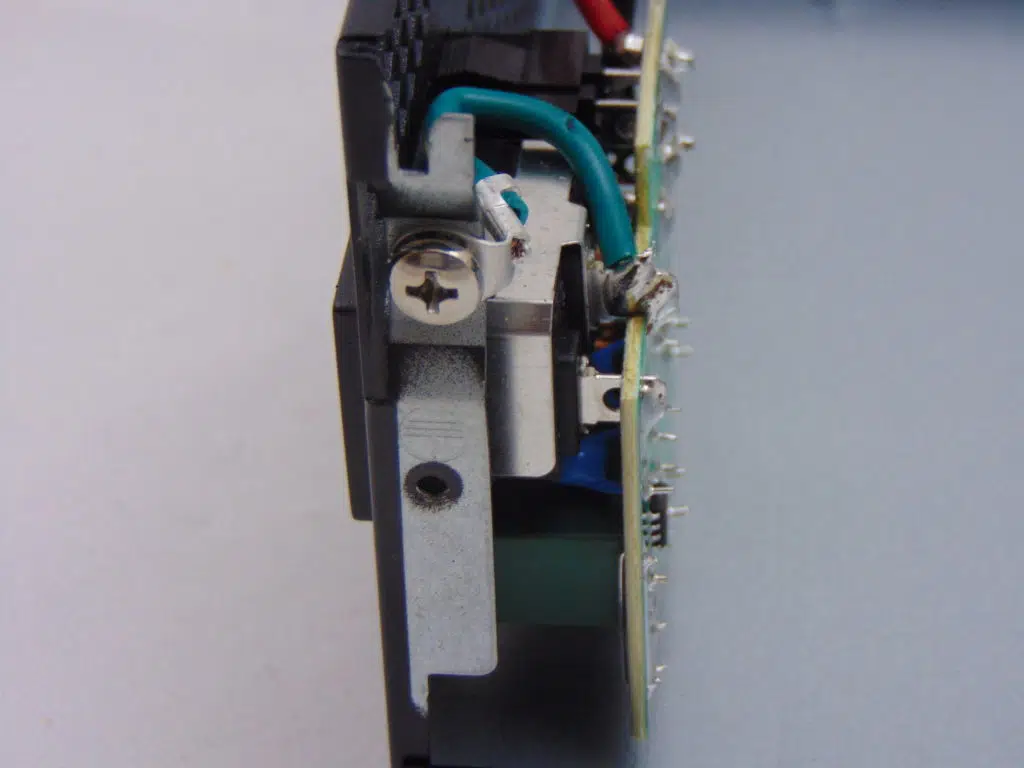
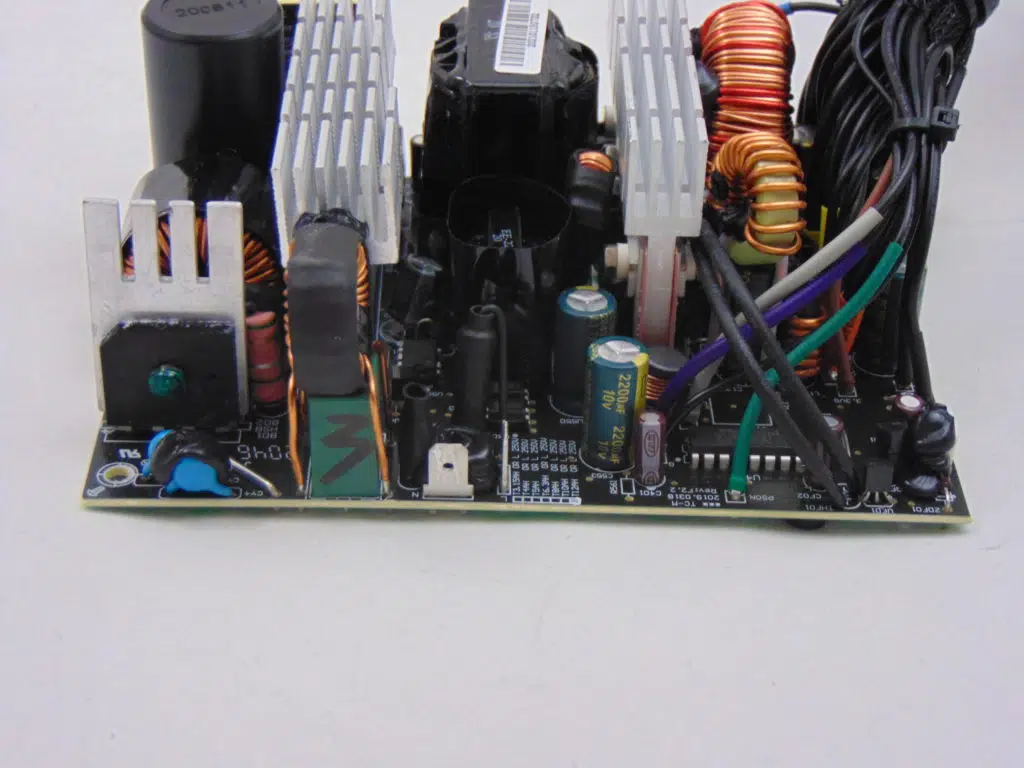
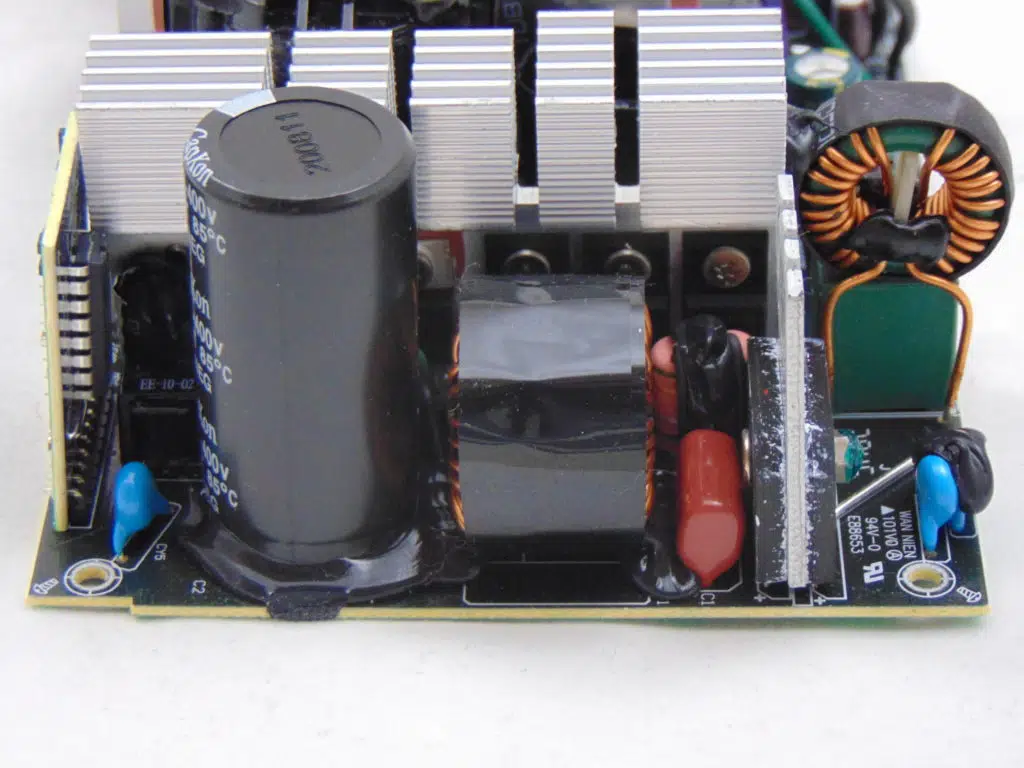
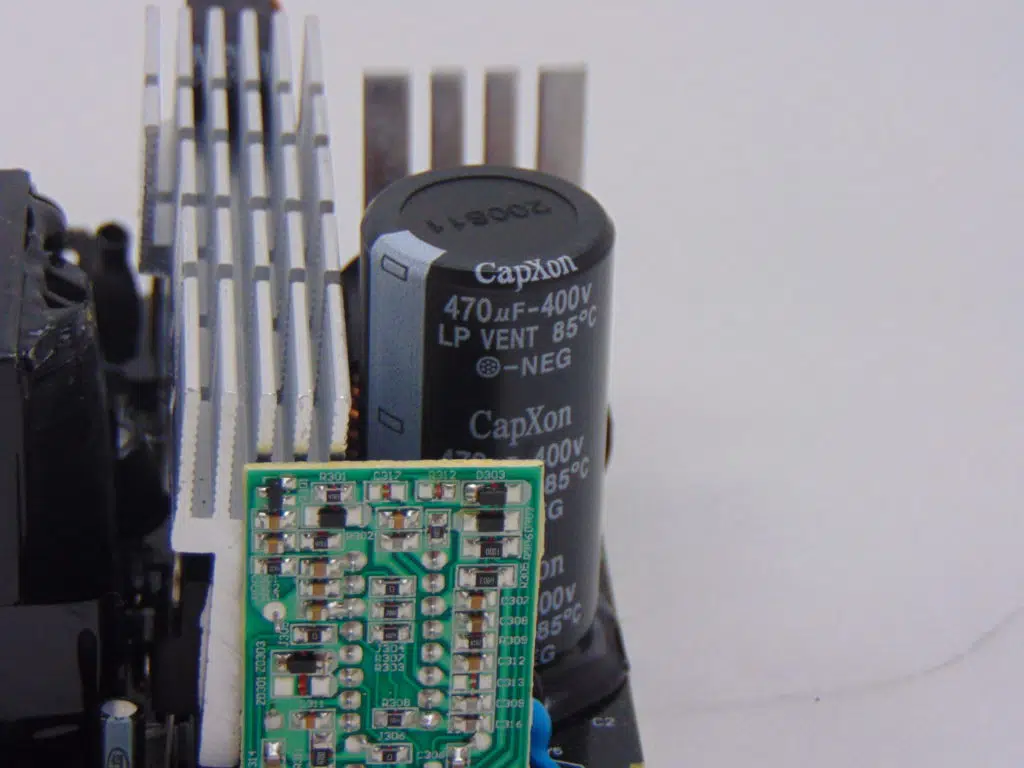
The N1 750 input filtering begins on the housing itself where we find a PCB with a coil, x, and y capacitors. The balance of the input filtering is found on the back edge of the main PCB. There are then two bridge rectifiers sandwiching a heatsink. The APFC coil is next and, to the interior of that, we then find the APFC power components along with the main switching transistors attached to one of the heatsinks on the primary side. The main input capacitor is right next to this heatsink behind the APFC coil and it is provided by CapXon with a rating of 470v 400uF 85C. This is much smaller than we see on competing designs using half-bridge and full-bridge LLC primaries.


The secondary side of this unit looks kind of crowded because of the fixed wiring. Through the middle of the PCB, we find the transformers and then a small heatsink. This heatsink is for cooling the secondary side power components which are attached to it. Next up, we find the two coils of the group-regulated topology. Throughout this area we find Teapo standard capacitors providing the secondary filtering.
Build Quality Summary
Overall, the build quality looks only ok and the design is very dated. The exterior is simple with some low-key branding as well as a unique fan guard. The fixed cables are standard wire loom which is fine, but not quite as nice as the FlexForce style cables. The integration seems to be well done but the component selection is lacking as we see CapXon and Teapo standard capacitors. We also see a rifle bearing fan, which might be the most high-tech thing in this unit, from DPWH. All in all, the N1 750 is definitely looking the part of its entry-level position in the product stack. Let’s move on now to the load tests and see how this unit performs!
